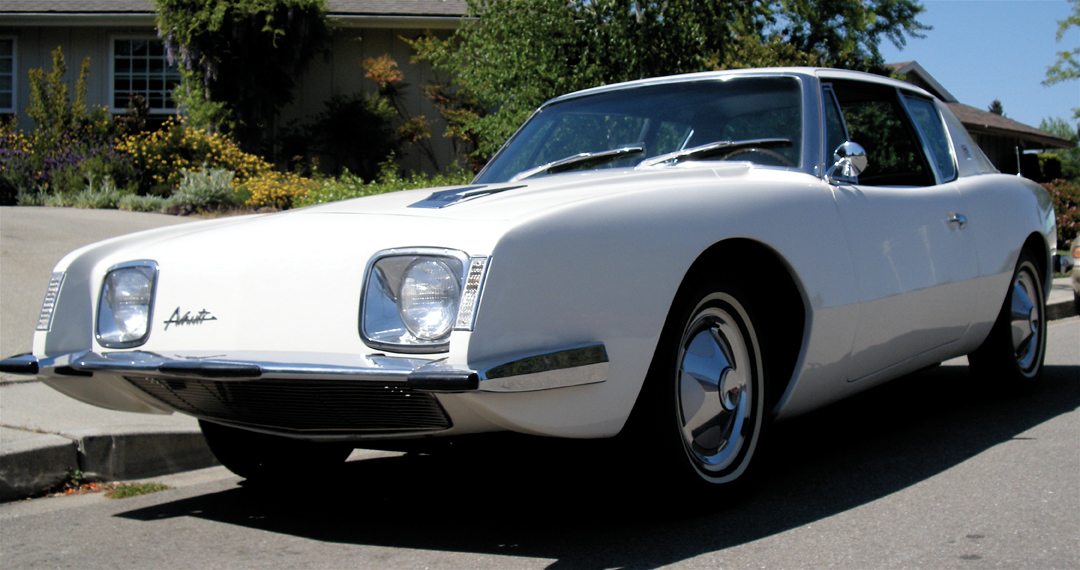In 1962 the worlds of fashion, design and cultural norms were changing faster than we were sending a man to the moon. Television was in more than 90 percent of all American homes. We welcomed the dashing and hatless John F. Kennedy and the European-influenced First Lady Jackie into the oval office, and we gobbled up the commercial novelty of TV dinners. Lasers were being developed for warfare, the supersonic Concorde offered the dream of high speed commercial travel, John Glenn became the first man in outer space, and the Beatles released their first hit single Love Me Do. The year also spawned the clever animated TV comedy The Jetsons, featuring the life of an average family in 2062. And, in the middle of a damp Northwestern outpost, the 1962 World’s Fair featured the now iconic Space Needle—Seattle’s monumental triumph of politics and futurism.
Amid the Camelot of the Kennedy presidency and the dawn of a technologically fueled decade, four men assembled in Palm Springs, California to do what no other car company had ever done before—design and build a production-ready car in ONE year. The result would be “the car that would save Studebaker.” Inspired by the highly motivated Sherwood Egbert, president of the financially troubled Studebaker Corporation, Studebaker’s Board of Directors was convinced that an all-new car of radical design, featuring new technology, would change Studebaker’s conservative image and favorably alter its destiny. The Studebaker Avanti would thus become a production reality in less than a year.
No Subscription? You’re missing out
Get immediate ad-free access to all our premium content.
Get Started



